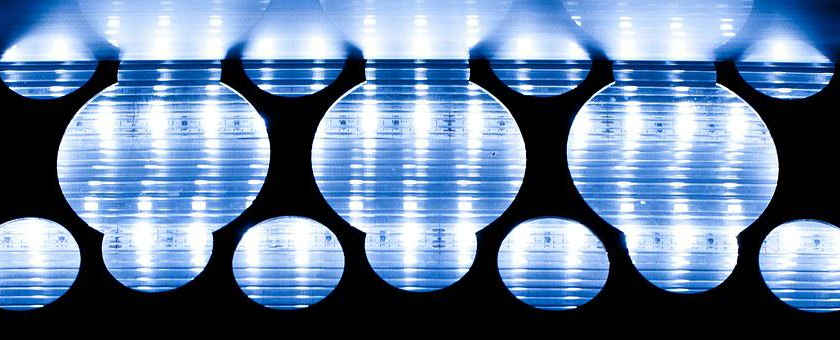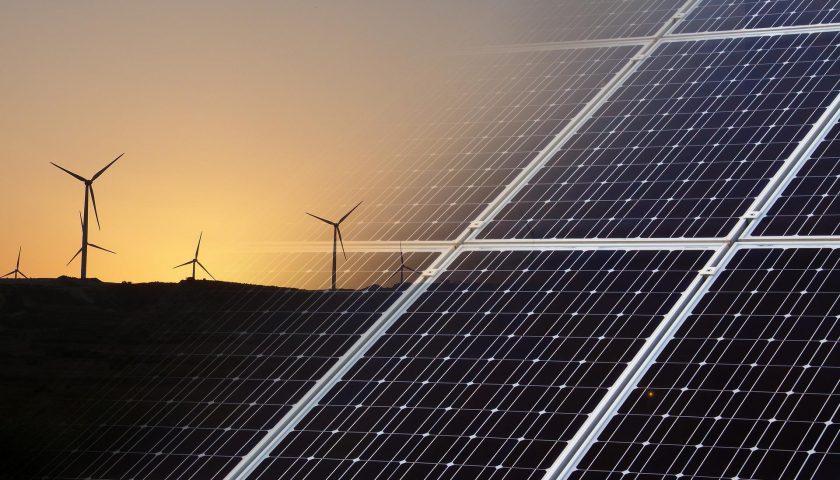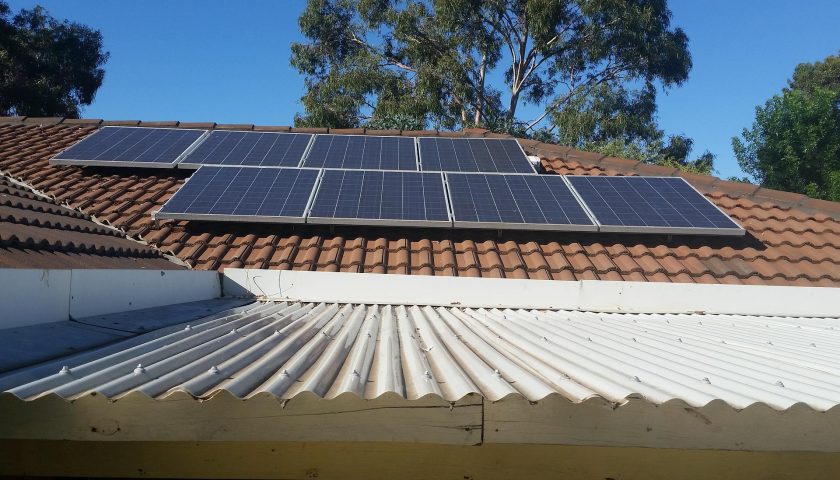The UK is making progress in decarbonising energy for heating and lighting our homes and businesses. In Shropshire, around 20-25 % of our total footprint comes from gas, oil and electricity used for heating homes and businesses. Electricity comes from a variety of sources, including oil, gas, wind and solar energy.
MARCHES ENERGY AGENCY
In Shropshire, we are lucky to have a dedicated charity – Marches Energy Agency – which provides households in Shropshire with incredible support in ensuring they have excellent access to advice and help with their agency.
In addition to alleviating the stress of Shropshire residents currently living in fuel poverty, Marches Energy Agency (MEA) provide advice on eligibility for grants that provide fully funded insulation and heating improvements, home energy checks and can install free energy-saving measures. MEA are committed to long-term change and improvement for communities living in fuel poverty and the promotion of energy efficiency for homes in Shropshire.
They have also developed a project – Future Ready Homes – which can help you make your house more “Fit For the Planet”. It starts with a free energy assessment, which could give you a healthier, warmer home, lower energy bills, and cut carbon emissions by making your home more energy efficient. click on the button to go to their website, which will answer your questions.
Get further information about the Marches Energy Agency by clicking on the following button:
GO COMPARE
Go compare has created a calculator to let you work out how much money various appliances might cost you to run on a day-to-day basis, depending on how much you use them. Thus a gas oven costs £ 0.19 per day to run for an hour per day, whereas an electric oven costs £ 0.73 to run for an hour per day.
You can use the calculator to work out the cost of your appliances and make choices as to how much use them. You will also be reducing your impact on the planet if you reduce your usage of gas and oil in the process.
Click on the following button to go to the comparison website
ACTIONS
What follows are a number of suggestions you can take to improve your carbon footprint by using your energy to heat and light well for the planet
LIGHTING
SWITCH TO LED LIGHTING

BENEFITS
- lower your carbon footprint
- reduce your lighting bills
- make your home light and bright
Energy-efficient lighting helps lower electricity bills and carbon dioxide emissions without reducing the quality of light in our homes.
If you replace all the bulbs in your home with LED lights, you could reduce your carbon dioxide emissions by up to 40kg a year. This is equivalent to the carbon dioxide emitted by driving your car around 140 miles.
Lighting makes up 15% of the average UK household electricity consumption, so making the switch could help you save money too. Get more advice on Energy efficient lighting by clicking on the button below.
HEAT AND ELECTRICITY
SWITCH SUPPLIER

A simple first step is to switch to energy providers, to one who sets themselves up to purchase their energy from “green” sources. We suggest using the independent organisation to provide price comparisons “The Energy Shop”. Click on the “Get Energy Supplier Advice” button below to get to a simple comparison website
SOLAR PANELS
Solar electricity panels, also known as photovoltaics (PV), capture the sun’s energy and convert it into electricity that you can use in your home.
By installing solar panels, you can generate your own renewable electricity.

HOW DO SOLAR PANLES WORK?
A solar PV panel consists of many cells made from layers of semi-conducting material, most commonly silicon. When light shines on this material, a flow of electricity is created.
The cells don’t need direct sunlight to work and can even work on cloudy days. However, the stronger the sunshine, the more electricity generated.
Solar PV systems are made up of several panels, with each panel generating around 355W of energy in strong sunlight. Typical systems contain around 15 panels and generate direct current (DC) electricity. Because the electricity used for household appliances is alternating current (AC), an inverter is installed along with the system to convert DC electricity to AC. This electricity can be used throughout your home, or exported to the grid.
Click on the button below to go to a really useful page at the Energy Trust to find out what you need to do, the cost and the benefit of doing so for your postcode.
RENEWABLE HEAT
– AIR SOURCE HEAT PUMPS
If you live in England or Wales, you can NOW apply for £5,000 towards the costs of your air source heat pump ( or £6,000 towards a ground source system) from 1st April 2022.
BENEFITS
- could lower your fuel bills
- will cut your carbon emissions
- can heat your home and hot water
Air source heat pumps (ASHPs) absorb heat from the outside air to heat your home and hot water. They can still extract heat when air temperatures are as low as -15°C.
Air source heat pumps need electricity to run, but because they are extracting renewable heat from the environment, the heat output is greater than the electricity input. This makes them an energy efficient method of heating your home.
The following short video, which the Energy Saving Trust has produced – explains the principle:
– AIR TO WATER
Air-to-water heat pumps absorb heat from the outside air and transfer the heat to water.
An air-to-water system distributes heat via your wet central heating system. Heat pumps work much more efficiently at a lower temperature than a standard boiler system would. This makes them more suitable for underfloor heating systems or larger radiators, which give out heat at lower temperatures over longer periods of time.
Air-to-water heat pumps are the most common model.
– AIR TO AIR
Air-to-air heat pumps require a warm air circulation system to move the warm air around your home. They will not provide you with hot water as well. Air-to-air heat pumps are not eligible for the UK Government’s RHI scheme.
– SOLAR WATER HEATING
BENEFITS
- hot water throughout the year
- reduced energy bills
- lower carbon footprint
Solar water heating systems, or solar thermal systems, use free heat from the sun to warm water. A conventional boiler or immersion heater can be used to make the water hotter, or to provide hot water when solar energy is unavailable.
The hot water can be used throughout your home for bathing, showering, and hot taps.
There are two types to choose from – Evacuated Tubes or Flat plate collectors
Cost is between £ 3,000 and £ 5,000. Savings can be between £ 60 to £ 90 per year, depending on what you are replacing. Click on the button below to get more information from the Energy Saving Trust.
ENERGY SAVING TRUST
You can get a lot of energy advice and information from the Energy Saving Trust.
The “Energy Saving Trust” is an independent organisation – working to address the climate emergency.
A respected and trusted voice on energy efficiency and clean energy solutions, they continue to work towards a smart, decarbonised, decentralised energy system.
HYDROGEN
Renewable energy forms are being developed to meet the climate emergency. However, there is work going on to investigate and develop Hydrogen for use as an alternative to natural gas for heating homes and buildings. This will naturally need to cover the development of the infrastructure to get it from the source to homes. It will also require the development of the technology to produce hydrogen from appropriate sources.
BLUE V GREEN HYDROGEN
Producing hydrogen takes energy because hydrogen atoms don’t exist on their own — they are almost always stuck to another atom, often another element. (On earth, hydrogen is particularly abundant in the form of water or H2O.) Creating pure hydrogen requires breaking those molecular bonds.
Green hydrogen is when the energy used to power electrolysis comes from renewable sources like wind, water or solar.
Blue hydrogen is hydrogen produced from natural gas with a process of steam methane reforming, where natural gas is mixed with very hot steam and a catalyst. A chemical reaction occurs creating hydrogen and carbon monoxide. Water is added to that mixture, turning the carbon monoxide into carbon dioxide and more hydrogen. If the carbon dioxide emissions are then captured and stored underground, the process is considered carbon-neutral, and the resulting hydrogen is called “blue hydrogen. The Carbon Dioxide created will need to be stored. The process can cause methane as a by-product.
There are other processes, which are labelled under different colours, such as:
Pink hydrogen is made with electrolysis powered by nuclear energy, which does not produce carbon dioxide emissions. (Although nuclear energy creates radioactive waste which must be stored safely for thousands of years.)
Yellow hydrogen is hydrogen made with electrolysis from the energy grid. The carbon emissions vary greatly depending on the sources powering the grid.
HYDROGEN FOR HEATING AND COOKING
There are several pilot hydrogen heating schemes in development around the UK. In the northeast of England, two homes are being built with household appliances fuelled entirely by hydrogen. The houses in Low Thornley, Gateshead, will use 100% hydrogen for domestic heating and cooking in appliances to highlight the potential of hydrogen as a low carbon replacement for natural gas.
In some respects, switching from natural gas to hydrogen could be relatively straightforward for households – existing boilers would need to be replaced with hydrogen equivalents, but much of the supply infrastructure is already in place (although it may need investment to be ‘hydrogen ready’). However, as yet there is no blueprint for a conversion of the gas grid to hydrogen anywhere in the world.
The problem will likely come from creating the supply infrastructure. It is possible to produce low-carbon ‘green’ hydrogen. However, the UK Climate Change Commission has warned that the UK would need 30 times as much offshore wind farm capacity to produce enough ‘green’ hydrogen to replace all existing natural gas boilers!
Read the article by the Energy Saving trust for more background